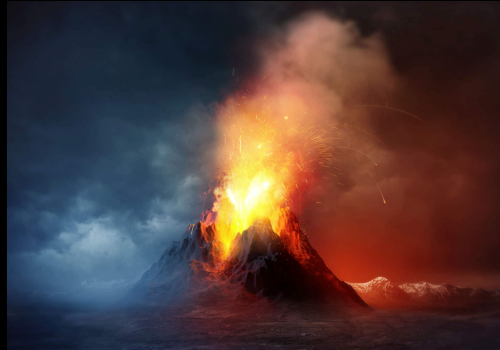Verrà installata all'interno della caldera del vulcano Krafla, in Islanda, la prima infrastruttura al mondo che permetterà lo studio del magma in situ.
Raggiungere direttamente il magma per comprenderne le caratteristiche al di sotto della superficie terrestre. Questo è l’ambizioso obiettivo che muove la costruzione del primo osservatorio magmatico a lungo termine all’interno di un vulcano, il Krafla, che sarà realizzato nell’ambito progetto internazionale . L’Istituto Nazionale di Geofisica e Vulcanologia (INGV) è in prima linea per la messa in opera di questa importante infrastruttura.
“Il KMT”, spiega Paolo Papale, vulcanologo dell’INGV, “vuole creare un osservatorio magmatico costituito da una serie di pozzi aperti direttamente all’interno, intorno e al di sotto del magma. Attrezzati con una strumentazione in grado di operare in condizioni estreme, questi osservatori ci permetteranno di ampliare le nostre conoscenze sui sistemi vulcanici e di comprendere, in maniera più approfondita, le relazioni tra ciò che avviene all’interno di un corpo magmatico e le relative misure effettuate in superficie. Lo studio del magma, infatti, fino ad oggi si è basato su speculazioni e osservazioni indirette proprio per la difficoltà di raggiungimento e campionamento in situ”.
Il progetto ha recentemente ricevuto un importante finanziamento dall’I, il programma di perforazione scientifica continentale che vede, tra l’altro, l’affiliazione dell’UNESCO. EPOS – European Plate Observing System contribuisce a supportare la partecipazione italiana al KMT.
“Attualmente”, prosegue Papale, “l’INGV sta effettuando simulazioni per comprendere i processi fisici che si verificano quando le trivelle raggiungono il magma. L’“incontro” è già avvenuto in passato in maniera accidentale: nel 2009 dei trivellatori a lavoro per l’utilizzo dell’energia geotermica perforarono una camera magmatica al Krafla ma non si verificarono fenomeni importanti”.
Le domande a cui intende rispondere il progetto sono di natura scientifica, tecnologica e industriale.
“Nessuno ha mai utilizzato le trivelle in condizioni estreme con l’intenzione di lasciare dei pozzi operativi a lungo termine”, prosegue l’esperto, “per cui bisogna capire quali siano i migliori materiali da impiegare, sia per la costruzione dei pozzi sia per la strumentazione che vi verrà installata, in zone dove le temperature raggiungono i 900°C e l’estrema acidità dei fluidi circolanti rende le condizioni altamente corrosive. Dal punto di vista scientifico,
KMT ci permetterà di imparare molto nell'individuazione di magma al di sotto di vulcani attivi, e sulle relazioni tra misure di superficie e dinamiche magmatiche profonde, consentendo un livello di comprensione più avanzato sui processi vulcanici e sulla loro pericolosità. Inoltre, sarà possibile studiare alcuni aspetti fondamentali per le attuali teorie sull'origine dei continenti.
Per quanto riguarda il settore energetico, il KMT permetterà di studiare le possibilità di sfruttamento di energia proveniente direttamente dal magma, aumentando enormemente l'efficacia e la rilevanza dell'energia geotermica, che è una forma di energia pulita e rinnovabile”
“Il KMT, infine, potrà rappresentare un modello per identificare e predisporre altri siti idonei ad ospitare questo tipo di infrastruttura. L’Italia, come Paese vulcanico, è un candidato e potrebbe, in futuro, beneficiare delle ricadute positive del progetto anche in campo industriale”, conclude Paolo Papale.
---
In Iceland the first magmatic observatory in the world
The first infrastructure in the world that will allow the study of magma in situ will be installed in Iceland, inside the caldera of the Krafla volcano.
Reaching magma directly to understand its characteristics below the earth's surface. This is the ambitious goal that drives the construction of the first long-term magmatic observatory inside a volcano, Krafla, which will be built as part of the internationalproject. The Italian Istituto Nazionale di Geofisica e Vulcanologia (INGV) is at the forefront for the implementation of this important infrastructure.
"KMT", explains Paolo Papale, INGV volcanologist, "wants to create a magmatic observatory consisting of a series of open wells directly inside, around and below the magma. Equipped with an instrumentation capable of operating in extreme conditions, these observatories will allow us to broaden our knowledge of volcanic systems and to understand, in greater depth, the relationships between what happens inside a magmatic body and the relative measurements carried out on the surface. The study of magma, in fact, up to now has been based on speculations and indirect observations precisely because of the difficulty of reaching and sampling in situ".
The project has recently received significant funding from the, which, among other things, is affiliated with UNESCO. EPOS - European Plate Observing System contributes to support the Italian participation in the KMT.
"Currently," continues Papale, "the INGV is carrying out simulations to understand the physical processes that occur when the drills reach the magma. The "encounter" has already happened in the past in an accidental way: in 2009 the drillers working at the Krafla volcano for the use of geothermal energy reached the magma chamber but no important phenomena occurred".
The questions that the project intends to answer are of a scientific, technological and industrial nature.
"No one has ever used drills in extreme conditions with the intention of leaving wells operating in the long term", continues the expert, "so it is necessary to understand which are the best materials to use, both for the construction of the wells and for the equipment that will be installed there, in areas where temperatures reach 900 °C and the extreme acidity of the circulating fluids makes the conditions highly corrosive. From a scientific point of view, KMT will allow us to learn a lot in the detection of magma below active volcanoes, and on the relationships between surface measurements and deep magmatic dynamics, allowing a more advanced level of understanding on volcanic processes and their dangerousness. Furthermore, it will be possible to study some fundamental aspects for the current theories on the origin of the continents.
As regards the energy sector, KMT will allow us to study the possibilities of exploiting energy coming directly from magma, enormously increasing the effectiveness and relevance of geothermal energy, which is a form of clean and renewable energy”.
“Finally, KMT will be able to represent a model for identifying and preparing other sites suitable for hosting this type of infrastructure. Italy, as a volcanic country, is a candidate and could, in the future, benefit from the positive effects of the project also in the industrial field", concludes Paolo Papale.
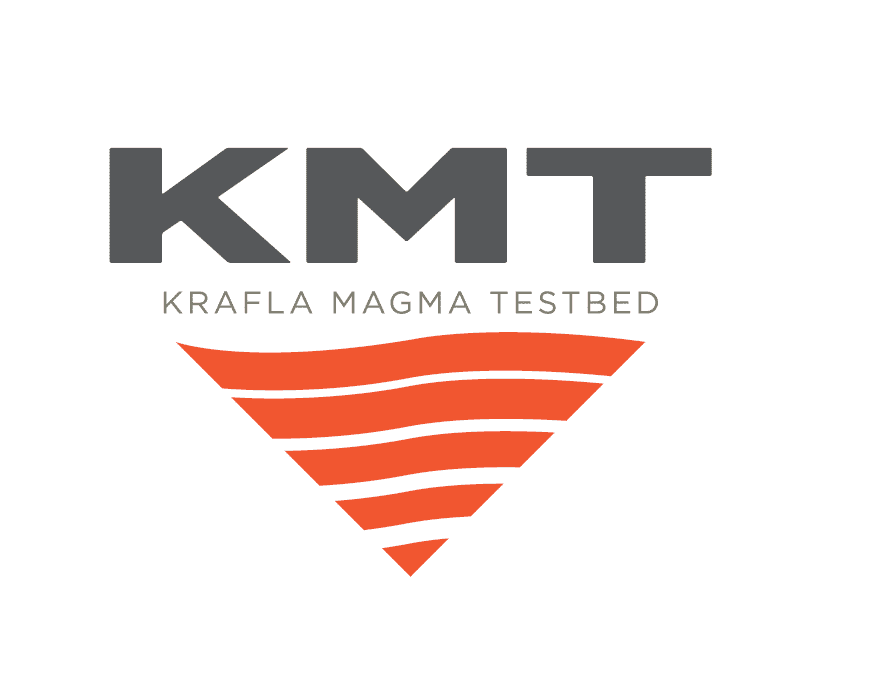
Fig. 1 – Krafla Magma Testbed, KMT, logo del progetto.
Fig. 1- Krafla Magma Testbed, KMT, project logo.
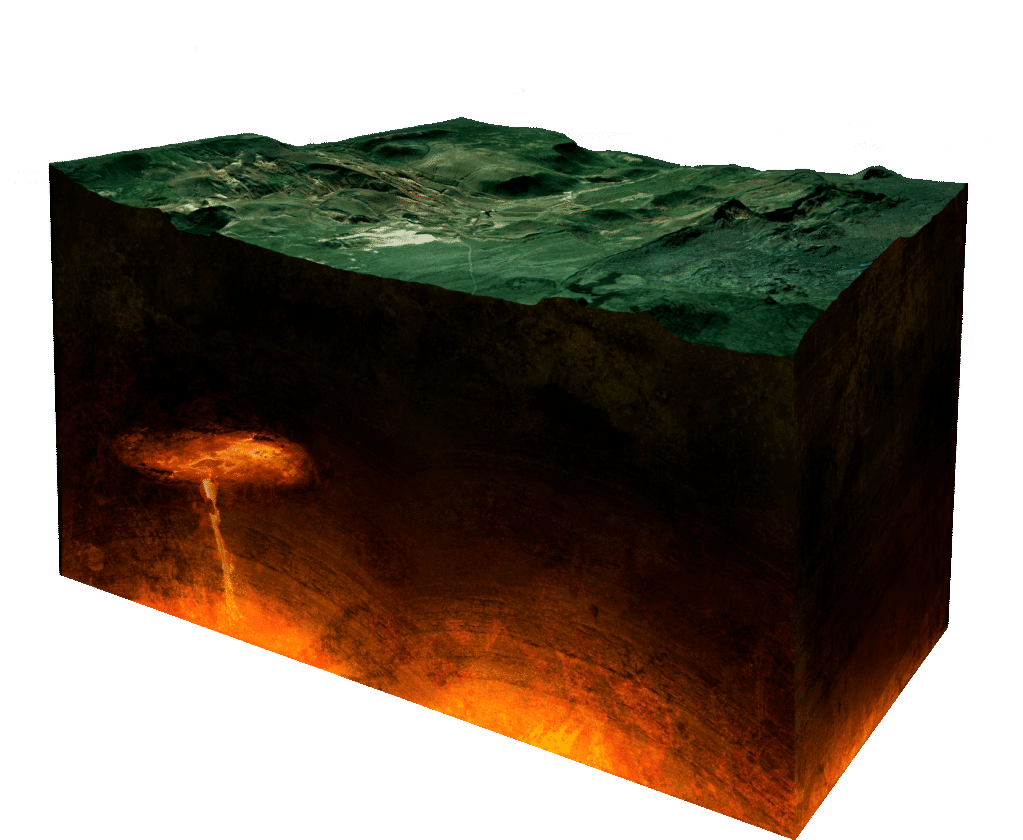
Fig. 2 – Krafla Magma Testbed, KMT. Fonte www.kmt.is
Fig. 2 - Krafla Magma Testbed, KMT. Source
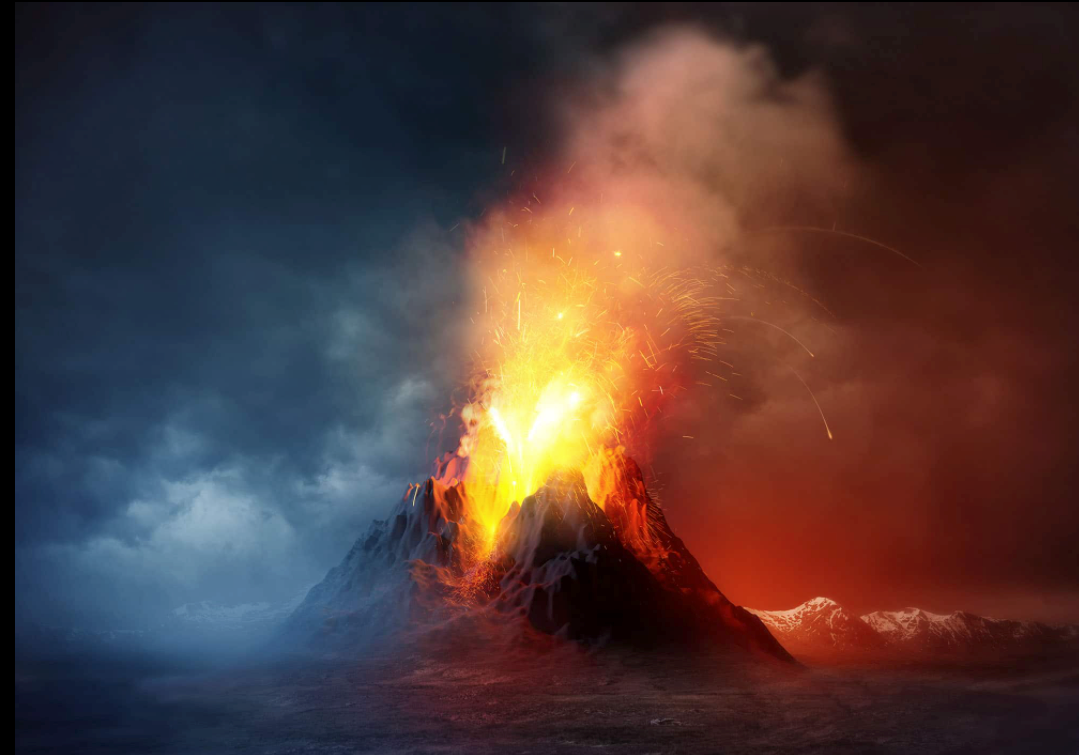
Fig. 3 – Rappresentazione del vulcano Fonte www.kmt.is
Fig. 3 - Representation of the volcano. Source www.kmt.is
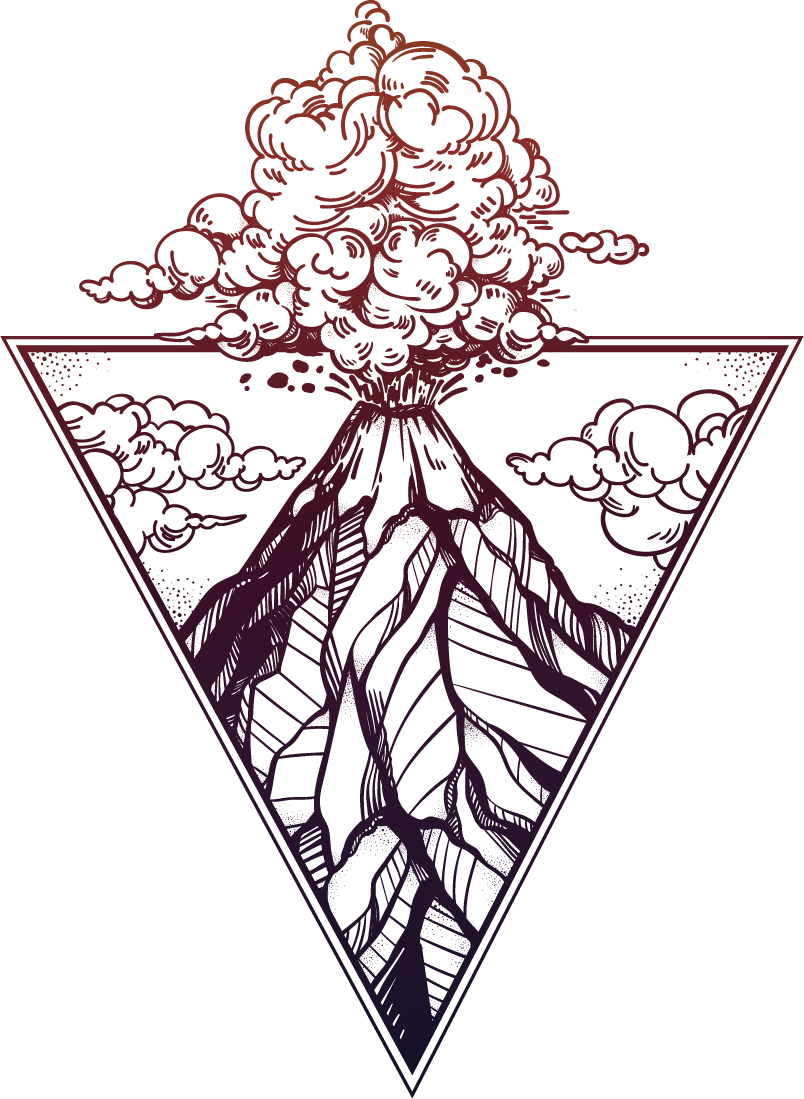
Fig 4. – Krafla Magma Testbed, KMT. Fonte www.kmt.is
Fig 4. – Krafla Magma Testbed, KMT. Source www.kmt.is




